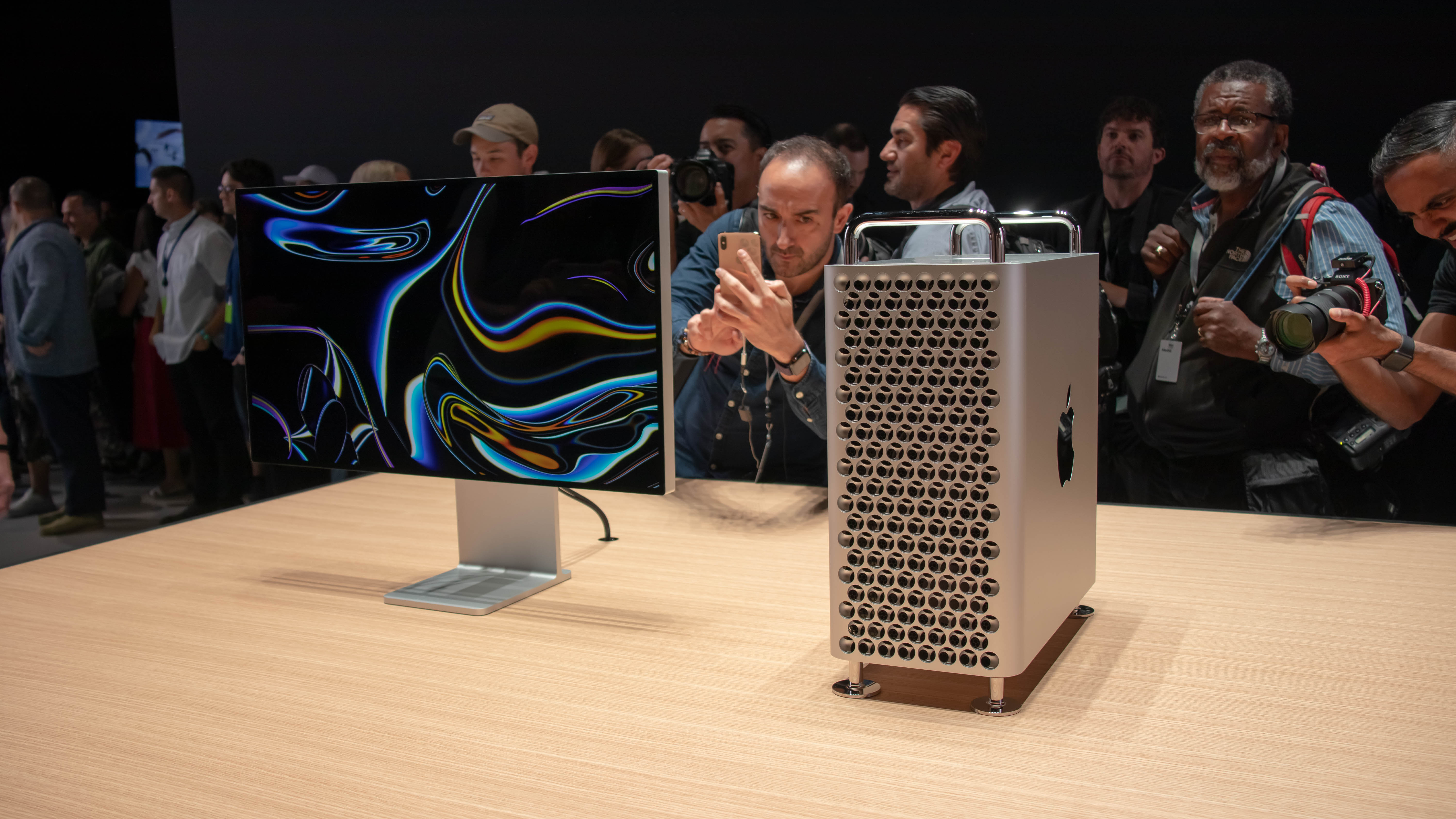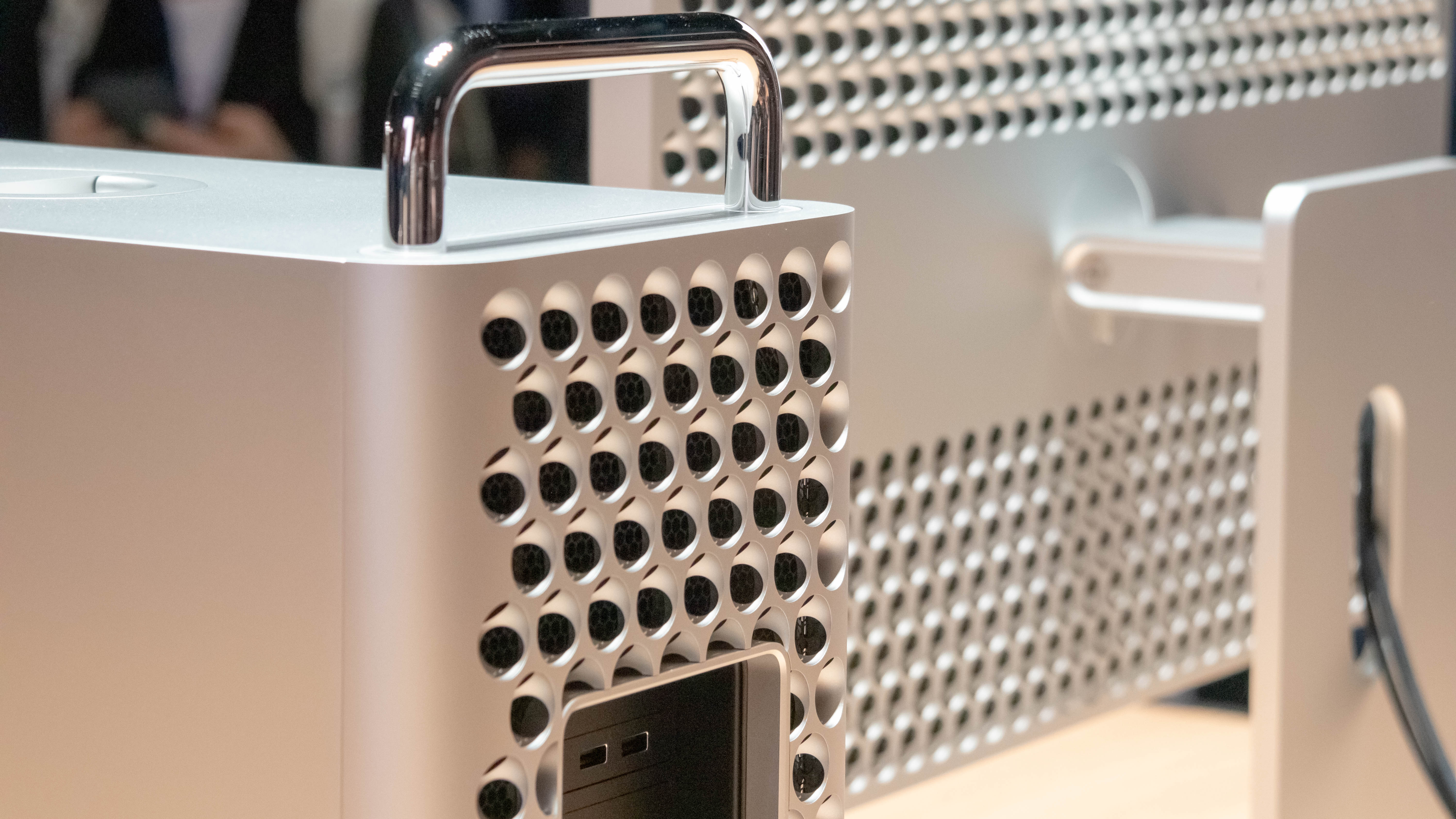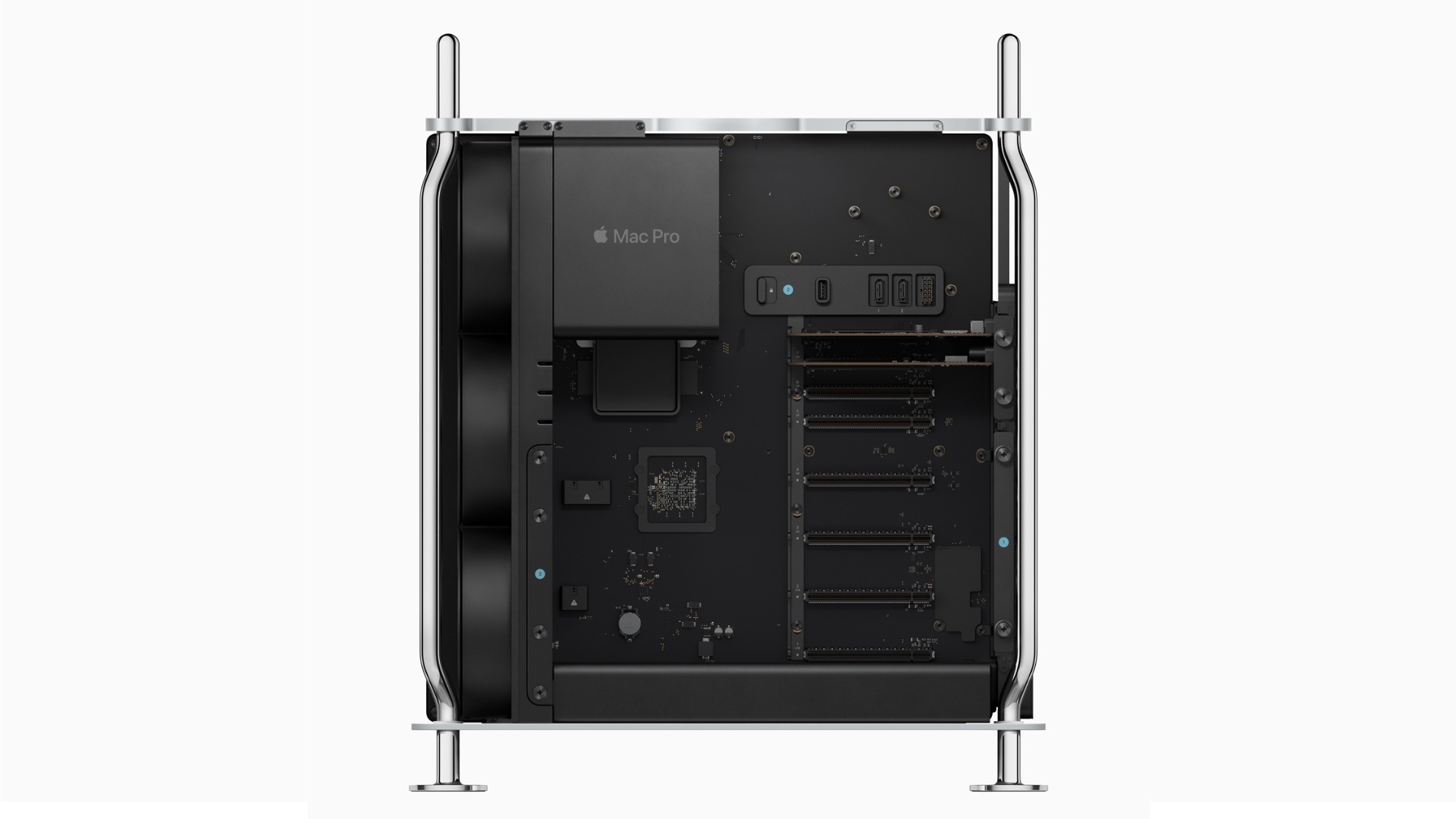In a world where the Mac Studio exists, who is the M2 Ultra Mac Pro even for?
And will they even buy it anyway?

OK, I'll say it. Apple screwed up with the Mac Pro's super late, super weird transition to Apple silicon. And I can't be the only one who thinks that way, either.
In fact, I'm starting to think that people inside Apple must know that as well. They must have known it before the world's press descended onto Apple Park for WWDC 2023 where it was announced, because how could they not?
In a world where the Mac Studio exists, who's even buying this thing? And why?
After so long, what happened?

The Mac Pro was the last of Apple's computers to finally ditch Intel's ball and chain and go with something a little more its own speed.
The M2 Ultra is eventually what Apple gave the Mac Pro after years of Intel Xeons beating at its heart and that's fine. It's a very fast chip — and easily the fastest that Apple makes. There was a lot of talk ahead of WWDC 2023 that Apple was working on an M2 Extreme that would effectively be two M2 Ultra's glued together, but the talk we've heard indicates that Apple just couldn't make it work. Leave that aside for a moment though, because the fact that the Mac Pro has the same chip as the new Mac Studio isn't the issue here.
That isn't to say that I wouldn't have liked to have seen Apple put something new in the Mac Pro. It's supposed to be the pinnacle of Mac computing and while it still is, you can't really have two pinnacles and the Mac Studio looms large, especially considering the price point.
For the most part, the Mac Studio is around $3,000 cheaper than a Mac Pro when comparatively specced, with the Mac Studio with M2 Ultra starting at $3,999. The Mac Pro starts at $6,999. So what do you get for that extra money?
Get daily insight, inspiration and deals in your inbox
Sign up for breaking news, reviews, opinion, top tech deals, and more.
Space. You get lots and lots of space.
Space, the final frontier

Once upon a time that space was what sold the Mac Pro. That and the globs of performance it offered. But the Mac Studio has that now, so the key differentiator? Space.
Space to add new graphics cards, space for a ton of HDDs, and space for more RAM memory slots than you knew what to do with. Now, however, that space doesn't go anywhere near as far as it did in 2019 when the Mac Pro launched.
Sure, there are SATA ports for plugging your SSD storage in and there are PCI Express slots — six of them. Specialist video and audio houses will have cards you've never heard of just waiting to go into those slots. But do you know what you won't be putting in there? New GPUs.
That, of course, is because Apple silicon doesn't support GPUs that aren't hardwired in as part of those fancy M2 Ultra chips. The same goes for RAM — the new Mac Pro has no RAM slots to speak of because you guessed it. Apple silicon doesn't support RAM unless it's onboard.
Now, don't get me wrong here. I have no problem with Apple's onboard graphics because it seems to work so long as you don't want hyper-fast gaming performance. And that onboard RAM is fast. All of that's fine and dandy...but the Mac Studio has all of that as well.
Which brings me back to my problem. If the Mac Pro is a Mac Studio with space, who is it for? It's siill the best Mac for some, but not for many.
The Mac Pro market's now smaller than ever
There are of course still people, or rather businesses, who will buy the Mac Pro. They used to buy Mac Pros because they were faster than everything else Apple made and had room for their very specific expansion cards. Cards that few people need, but that, for them, makes workflows possible that just can't be done by a Mac Studio.
Those people will buy the Mac Pro, of course, but how many are there, really? By sliding the Mac Pro market into such a small sliver of its former self, Apple runs the risk of making it the next Xserve — a product that has a place, but is used in such specific cases and by specific businesses that it just isn't worth keeping around. And when that happens, the Mac Pro's days are truly numbered.
Am I ringing the death knell of the Mac Pro? No, of course not. Apple already did that with the 2023 Mac Studio.

Oliver Haslam has written about Apple and the wider technology business for more than a decade with bylines on How-To Geek, PC Mag, iDownloadBlog, and many more. He has also been published in print for Macworld, including cover stories. Having grown up using PCs and spending far too much money on graphics card and flashy RAM, Oliver switched to the Mac with a G5 iMac and hasn't looked back.